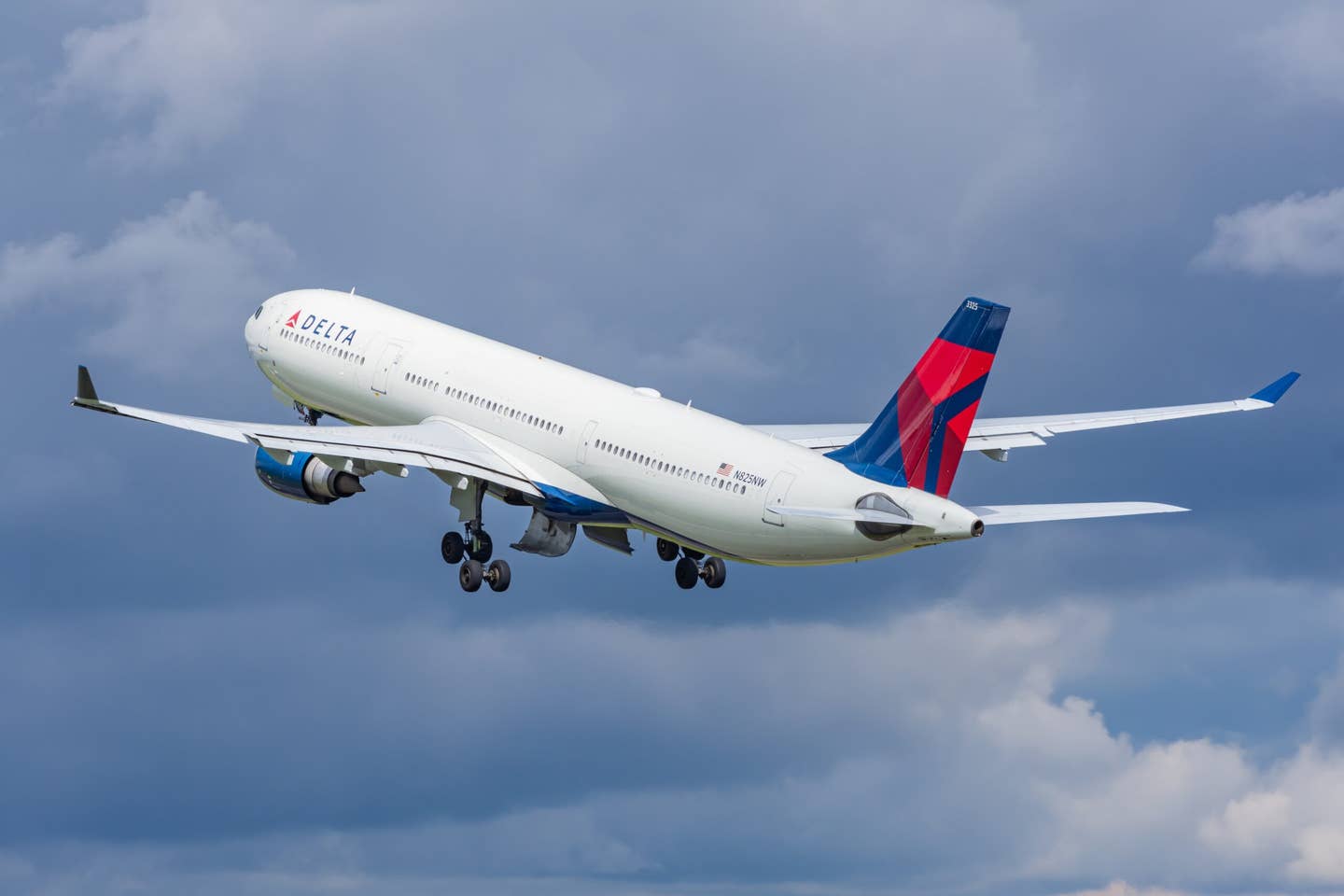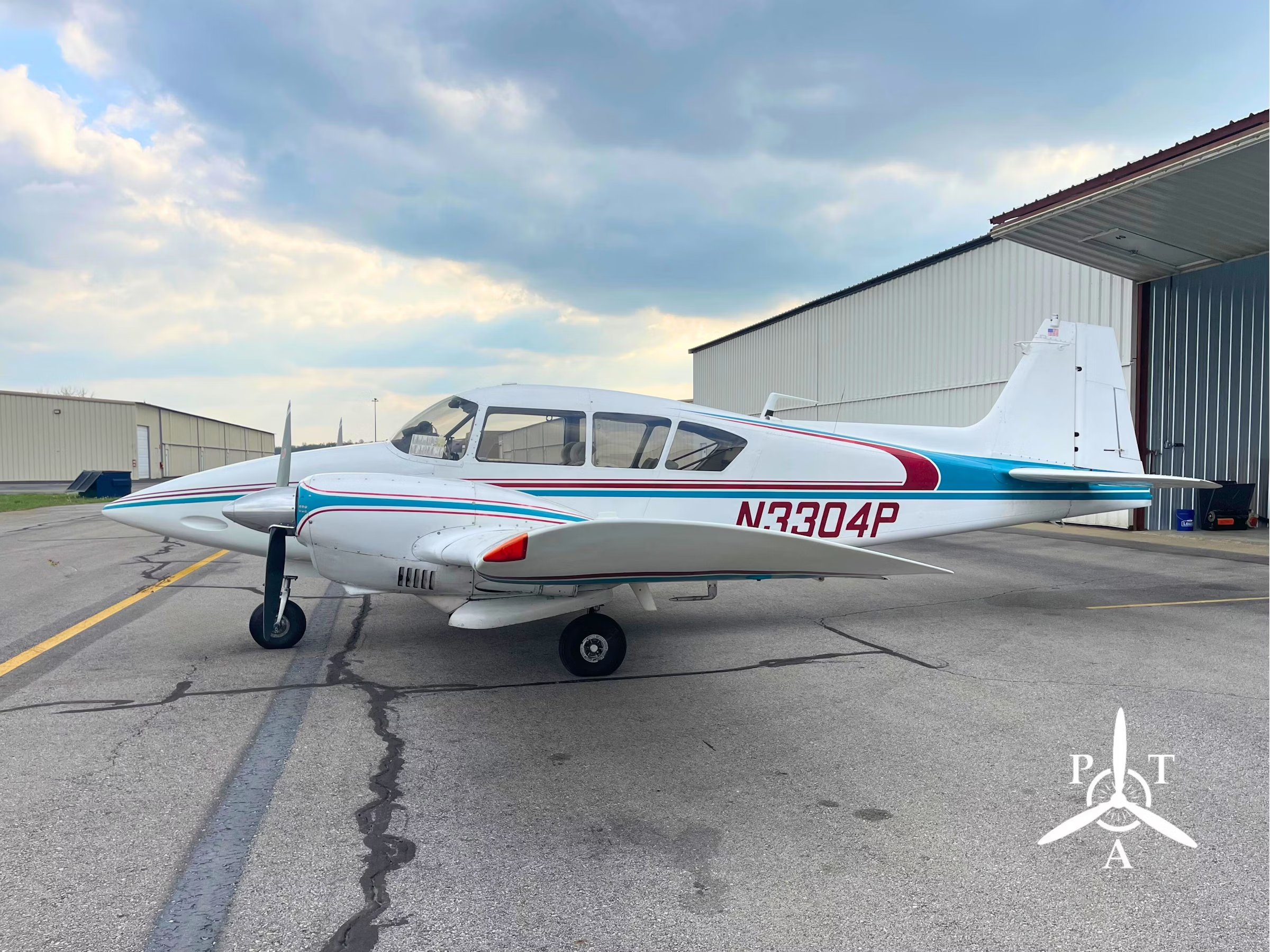
** A big first for Bell in the 505 Jet Ranger X is
the introduction of a Turbomeca engine,
the Arrius 2R.**
Most people who entered the doors of the Anaheim Convention Center in Anaheim, California, to attend the 2014 edition of the Helicopter Association International's annual convention, Heli-Expo, on Feb. 25 headed straight for the Bell Helicopter booth. A massive floor-to-ceiling arced screen had been set up, cornering off a significant portion of the display. One hour after the show floor opened, hundreds of people were gathered in anticipation as Bell's CEO, John Garrison, entered a small stage beside the screened-off area.
Garrison and several members of the team that helped design a new helicopter, communicating through video footage, spoke about the details of the product that was about to be introduced. Majestic footage accompanied by goose-bump-inducing music brought the mood to a climax before the screen finally dropped, unveiling Bell's latest introduction to the civilian helicopter market — the 505 Jet Ranger X. To allow more potential customers to get up close and personal with the new design at the show, Bell unveiled not one but three 505 mock-ups appropriately colored red, white and blue.
The Jet Ranger X is a five-seat, two-blade, short light single (SLS) helicopter that will be powered by a new Turbomeca Arrius 2R engine with dual channel full-authority digital engine control. The 505 will be manufactured with a mixture of metal and composite materials and is the first SLS helicopter to incorporate a fully integrated glass cockpit, in its case the Garmin G1000H.
While the Heli-Expo unveiling of the 505 was dramatic, what was hiding behind that massive screen was not a complete mystery to the helicopter-savvy crowd. Bell announced its intent to produce a short light single helicopter at last year's Paris Air Show. And the decision to re-enter the SLS market after the company's last offering, the 206B JetRanger, was taken out of production in 2009 is undoubtedly a smart one for Bell. According to Honeywell, which publishes an annual turbine helicopter forecast, the light single-engine market is the most popular class in that segment. Honeywell expects 41 percent of the turbine helicopter sales in the next five years to come from the light single-engine class, accounting for more than 400 helicopters per year.
Bell's five-seat JetRanger was first introduced nearly 50 years ago, and the product is a strong point in Bell's long line of civilian and military helicopters. "No helicopter has accomplished more missions, flown more hours and set more industry records than the JetRanger," Garrison said. About 7,500 Bell 206 variants have been produced, approximately 4,500 of which are still flying today, being employed in such varied functions as law enforcement, flight training, corporate transport, utility and military missions — essentially the same missions that the 505 is being designed to operate in.
The Bell 206 was initially built to suit a United States Army contract for a light observation helicopter, but Bell's design was not selected and the company opted to modify the 206 for the civilian market. The 206A JetRanger first flew on Jan. 10, 1966.
The longer version of the JetRanger, the seven-seat 206L LongRanger, entered the market in the mid-1970s and is still in production today. The LongRanger made history in 1982 when a 206L named Spirit of Texas became the first helicopter to fly around the world, taking a little more than 29 days to complete the 26,000-mile journey, which originated and ended in Dallas.
Although the Bell 505 Jet Ranger X pulls from the heritage of the JetRanger, the commonalities between the models are few. Yet the 505 is built around proven technology, Garrison said. The rotor and drive systems are identical to those of the 206L4 LongRanger, with millions of flight hours on record. The rotor system is a high inertia rotor, which allows for better autorotation capabilities enabling smoother landings in case of an engine failure.
But that's where the commonalities between the 505 and 206 end. To ensure the design was built to fit the needs of its customers when selecting the systems and performance targets of the new helicopter, Bell put together a customer advisory panel consisting of 15 to 20 trusted operators with experience in a variety of missions using mixed fleets in all corners of the world. The biggest request, according to Chuck Evans, the director of marketing and sales support at Bell Helicopter, was a fully integrated glass cockpit, a capability that has been widely available in light fixed-wing aircraft for nearly a decade but had yet to be incorporated into the SLS helicopter scene.
Like Cessna, Bell's smaller Textron sister company, Bell selected Garmin's reliable G1000 avionics suite, in this case the G1000H, the helicopter version of the system. Bell has already had great reviews from customers using the system in the civilian and military versions of the 407, which incorporated the system in 2011. As a result, the G1000H will be the exclusive panel offering for the Jet Ranger X.
In addition to the primary flight display and moving maps that many pilots have become familiar with over the past decade, the 505's G1000H incorporates safety features such as traffic alerts, synthetic vision, highway-in-the-sky and terrain awareness and warning system. While the G1000 system is known for its reliability, an electronic backup system is mounted above the 10.4-inch screens, Evans said.
While Bell already has experience with Garmin's glass, one big first for Bell with the introduction of the 505 Jet Ranger X is the incorporation of a Turbomeca engine, the Arrius 2R, which is currently in development. The French company says the certification track of the 2R is expected to follow that of the 505 with the first bench testing beginning this spring. While the 2R is new, it follows in the footsteps of more than 3,000 Arrius engines, which have collectively accu-mulated more than 6.6 million flight hours, and a legacy of more than 70,000 helicopter engines produced since the company's inception in 1938.
The dual channel fadec-equipped engine offers full redundancy and improved efficiency through its electronic fuel flow regulation, and it records engine data, which makes troubleshooting much quicker in case of any mechanical problems. The 505's Arrius 2R engine will have a rating of 504 horsepower for takeoff and an impressive 3,000-hour TBO.
Another major difference between the 206B and the new 505 is the cabin volume. According to Bell, the volume has been increased from 40 cubic feet in the 206 to 61 cubic feet in the 505. There is a lot more headroom in the 505, and the cabin layout has been improved dramatically by incorporating a flat floor into the design and rearranging the seats. Without the rear seats installed, there is plenty of room for cargo, and the flat floor makes the cargo much easier to stack. Bell had a 50-gallon drum tied down in the back of one of the mock-ups at Heli-Expo.
Installed, the 505's three rear seats all face forward, a dramatic improvement from the configuration in the 206B where the seats were both forward and aft facing. The new cabin configuration also incorporates bigger windows for better visibility and clamshell doors on the copilot's side for ease of loading cargo as well as excellent ingress and egress for pilots and passengers alike.
The Bell 505 Jet Ranger X fuselage consists of a blend of metal and composite materials while the tail boom is all metal.|
Also aiding the pilot and copilot with entering the helicopter are the adjustable cockpit seats. At this point the seats have only two positions, one for flight and one for entering or exiting the ship. "We'll continue to evaluate whether we need other stops in between," Evans said. However, to accommodate pilots of different sizes, Bell made the anti-torque pedals adjustable through a removable pushpin system.
The fuselage of the Jet Ranger X is constructed primarily of metal, but it incorporates composite materials where they make sense, such as in some panels in the exterior skins, Evans said. The tail boom is, however, all metal and the landing gear is a standard skid system. The 505 can also be equipped with a cargo hook capable of carrying up to 1,500 pounds.
While the design parameters are pretty much nailed down, exact performance numbers won't be confirmed until Bell starts flying the 505 prototype, which the company expects to do later this year. However, Bell has published its targeted performance numbers, which include speeds greater than 125 knots, a range greater than 360 nautical miles, a useful load of more than 1,500 pounds and hover capabilities higher than 11,000 feet.
Garrison characterized the light turbine helicopter segment of the market as "incredibly price sensitive." "We know where we need to be from a price standpoint to be competitive in this marketplace, and it's right around that million dollar price point," he said.
One way to keep the cost down was to select a favorable location for the assembly of the 505. With Louisiana chomping at the bit to get into the helicopter manufacturing arena with its extensive history of helicopter operations, specifically serving the offshore oil-and-gas industry, helicopter training market and emergency services, Bell settled on a location in Lafayette. The state of Louisiana is funding an 82,300-square-foot, $26.3 million hangar facility at the Lafayette Regional Airport, which Bell will lease from the state. Bell is also investing $11.4 million in equipment and tooling for the facility and has committed to hiring at least 115 employees for the plant.
Another way Bell is keeping the cost down is by providing a limited number of color selections for the 505. The standard color is white, and for an additional cost, customers can choose between five other base colors — black, yellow, blue, red and gray — or metallic versions of the same. There are also two decorative decal options in either black or white. Customers wanting to customize their helicopters can also do so, but at a higher cost.
"Groundbreaking," "out of the box," "revolutionary" — these were words used by some of the members of the customer advisory panel when they described the new 505 Jet Ranger X. And the customers who attended Heli-Expo appeared to have agreed. By the closing of the show, Bell had received 171 letters of intent for the 505. Add to that an internal competition between the 525 Relentless and the 505 Jet Ranger X teams at Bell to achieve certification first, and the 505 is expected to enter the SLS marketplace as early as next year.
Watch the unveiling of the Bell 505 at Heli-Expo 2014 earlier this year.
We welcome your comments on flyingmag.com. In order to maintain a respectful environment, we ask that all comments be on-topic, respectful and spam-free. All comments made here are public and may be republished by Flying.

Sign-up for newsletters & special offers!
Get the latest FLYING stories & special offers delivered directly to your inbox






